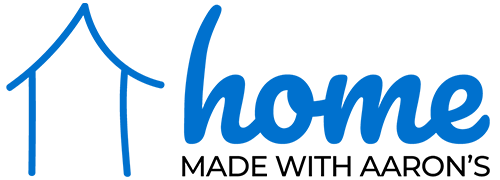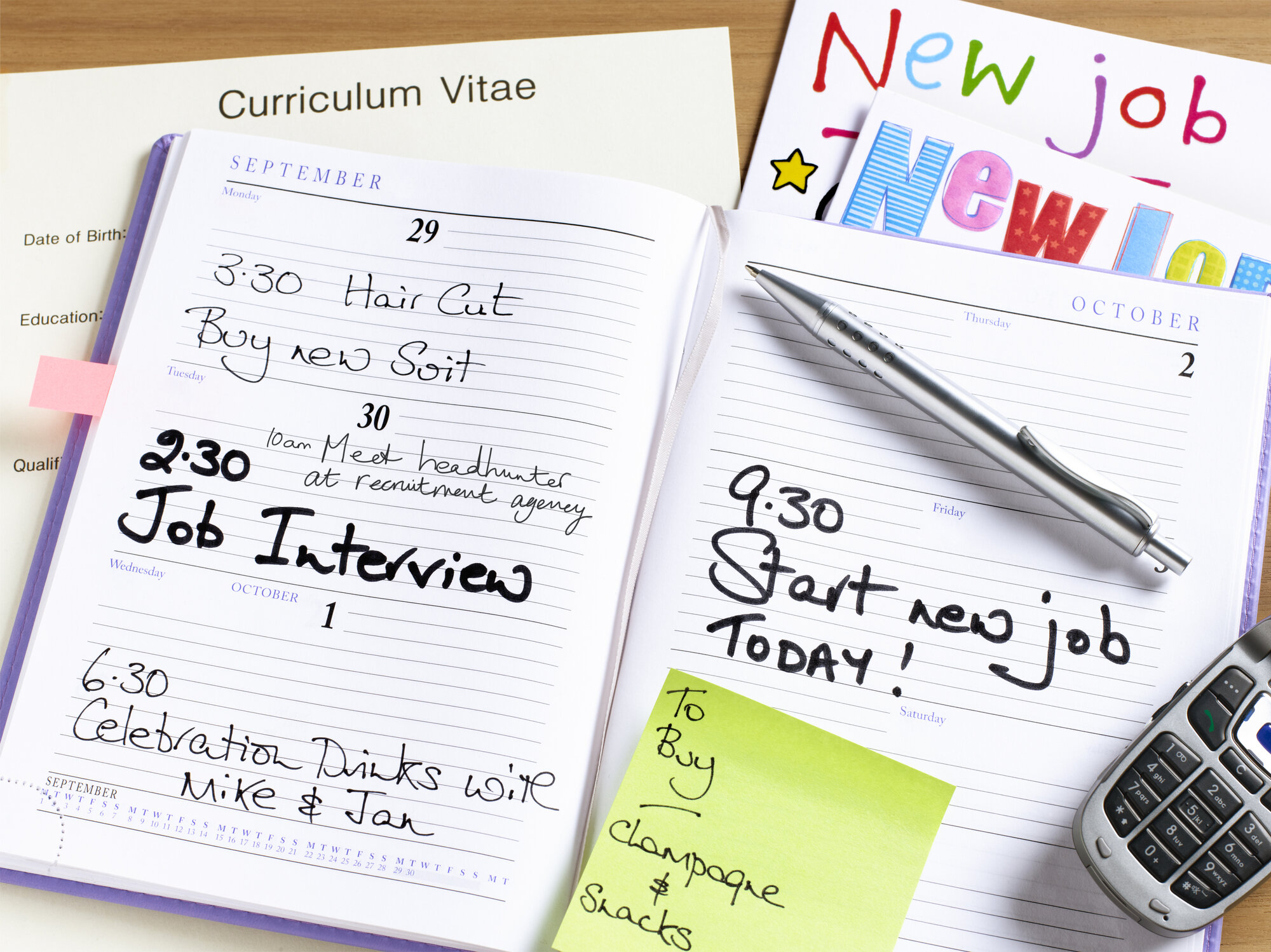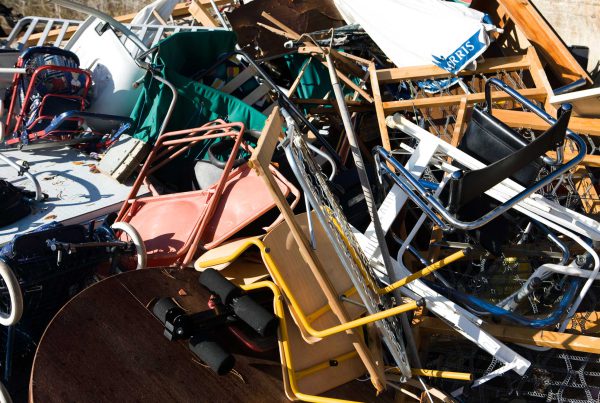When you’re looking for a new job, the most important document you’ll need besides the application is a well-written resume. It seems simple, but it can be difficult to list an entire career on just one page, or if you’re just starting out, to turn minimal experience into something impressive enough to land the job. So what’s a jobseeker to do? Keep reading!
What is a resume anyway? Simply put, a resume is a summary of your work experience and skills. They’re meant to be concise and to-the-point, and only including relevant experience to the job you’re applying. Your resume tells the interviewer about you and why you’re qualified for the job, so make sure you make a great first impression!
First things first: what do you put on your resume? The sections of a resume are usually the same for everyone, even if the contents may vary.
Contact Info and Name
Self-explanatory – your name should be big, bold, and at the top of your resume. Make sure they know who they’re reading about! Make sure you also include your phone number and email address so they can contact you. Most people put this information in the header at the top of the page, but it can also be at the bottom in the footer of the page.
Education
Some jobs require certain degrees or certifications to qualify. You’d list your education history before your work experience, including where you went to school, what your major was, and the dates you attended. You can include your graduating GPA if you want, or any honors you received while in school. Some people also list associations or clubs they were involved in, especially if relevant to the role you’re applying for. But this section is usually the smallest, so if you just list your school, degree, and dates, that should suffice. If you didn’t attend college, just list the year you graduated high school or received your GED.
Work Experience
This is where the meat of the resume will be. List your work experience in chronological order (starting with your current or most recent job and going backwards). A typical format lists the dates employed, name of the employer, and your job title. Then, a short paragraph summarizing what you did in that position and any certifications or special skills you used to be successful in the role.
Special Skills
Use the special skills section to describe the traits and skills that make you a great hire. These can be professional (typing, computer knowledge, verbal and written skills) or personal (being a people person, a team player, a positive attitude). Feel free to brag a little about what makes you great – your resume is your first (and could be your only) chance to tell your possible employer why they should hire you over anyone else.
And that’s all there is to it! It may seem overwhelming to try to portray yourself in a good light on a piece of paper to someone you’ve never met, but the resume is just the first step – with a great resume, you’ll be on your way to an interview where you’ll get to meet your possible employers face to face – but you need a good resume to open that door.
Here are a few more resume tips to make sure you stand out from the crowd:
· Choose a comfortable font – 12pt is a great standard.
· Stay away from flashy fonts as they are hard to read and can seem unprofessional. Times New Roman, Calibri, Helvetica, and Garamond are all simple and clean fonts that look great on a resume.
· Add a little color to stand out. You can put your name or the names of your employers in a different color (but just one!) to make them pop off the page. Keep the color dark enough to see on the page and not hurt the reader’s eyes.
· Use adequate spacing between sections so it’s easy to move from one part to the next, and keep the information to one page.





